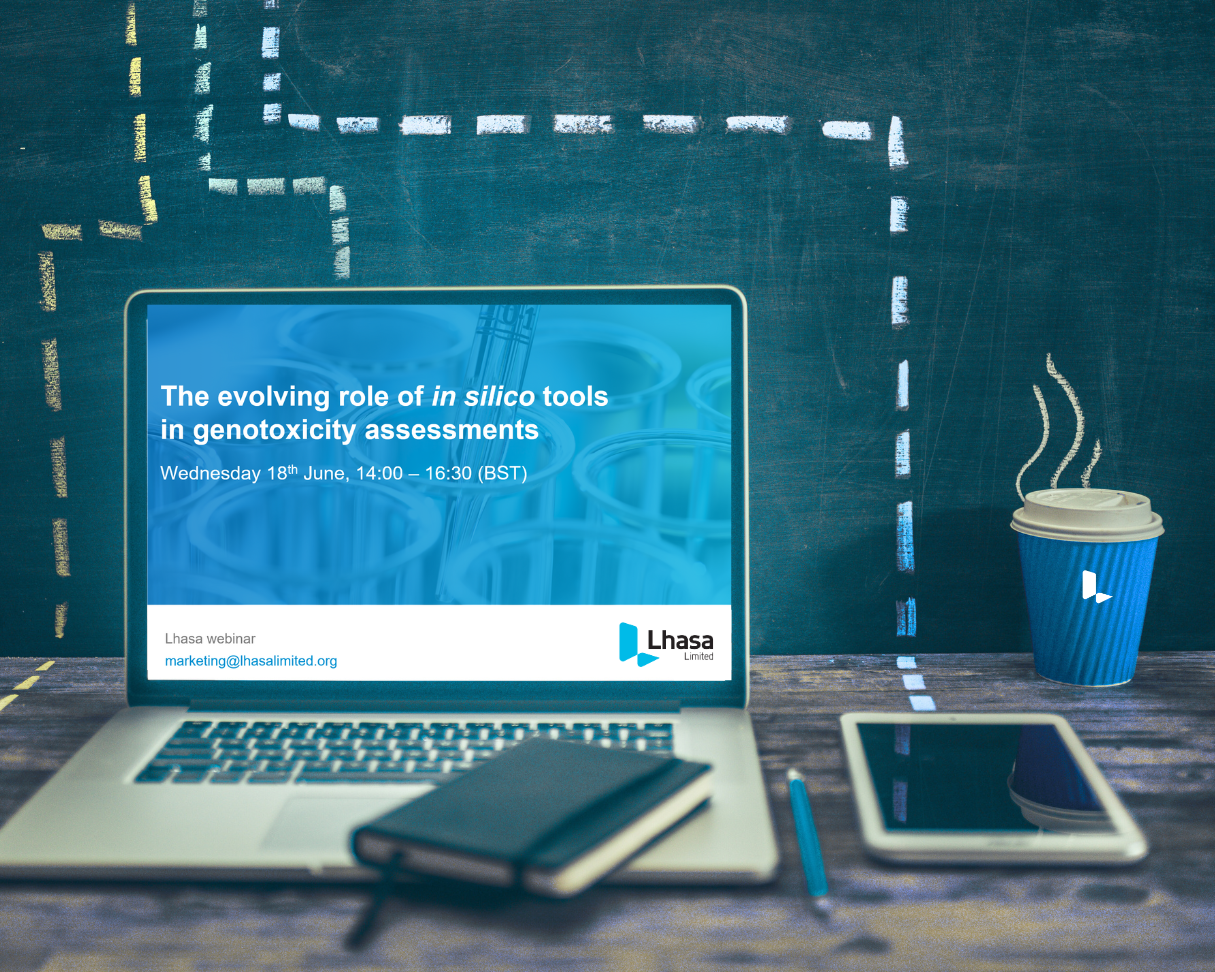Throughout 2023, our dedicated team contributed significantly to various journals through authoring and co-authoring a plethora of publications. Here are the articles, as voted by our members, which stood out above the rest. Organised into 5 compelling categories; Extractables and Leachables, Nitrosamines, Potentially Mutagenic Impurities (PMIs), Data Sharing and Safety Profiling in Drug Discovery, we entrusted our audience to decide their favourites!
The award ceremony unfolded before Lhasa’s annual Christmas party, where colleagues celebrated their accomplishments before breaking up for the festive holidays, and each Lhasa author listed on a winning publication received a well-deserved ‘Lhasa Publication Awards 2023’ trophy.
Did your favourite publication come out on top?
Category 1 – Extractables and Leachables
Winner – An in silico workflow for assessing the sensitisation potential of extractables and leachables
This insightful article delves into the application of in silico toxicity models to predict the sensitisation hazard and potency potential of extractables and leachables. The novel workflow, combining expert knowledge, a statistical model, and existing toxicity thresholds, is expected to assist toxicologists in evaluating the sensitisation potential of E&Ls administered through any route of administration.
Category 2 – Nitrosamines
Winner – The Nitrosamine “Saga”: Lessons Learned from Five Years of Scrutiny

Boasting an impressive 22,000 views and still climbing, it comes as no shock that the Nitrosamine “Saga”: Lessons Learned from Five Years of Scrutiny triumphed within the nitrosamines category. Featured in Organic Process Research & Development (OPRD), this article clinched the title of OPRD’s most-read paper in 2023, offering a must-read exploration of the latest developments and implications surrounding the nitrosamine crisis. A true winner, this publication held a staggering 50% lead over its competitors.
Category 3 – Potentially Mutagenic Impurities (PMIs)

In this winning publication, Lhasa authors unveil a cutting-edge feature supporting impurity risk assessments within drug substance manufacture. The alerting functionality in Mirabilis identifies potential mutagenic impurity (PMI) formation risks based on reaction conditions, minimizing human errors and preventing future complications. Also published to OPRD, this article has an impressive 7,500+ views.
Category 4 – Data Sharing
Winner – Risk assessment in the 21st century: where are we heading?
Summarising presentations from a symposium at the 2022 British Toxicology Society Annual Congress, this article explores the future of chemical risk assessment in the 21st century. Featuring three case studies using New Approach Methodologies (NAMs) in safety assessments, it discusses the limitations, benefits, and opportunities for increased use in regulatory decision-making. This compelling publication presents the discussions that took place during the symposium, regarding the limitations and benefits of these new approaches, as well as the barriers and opportunities for their increased use in regulatory decision making. Discover more about our data sharing initiatives here.
Category 5 – Safety profiling in drug discovery
Winner – Use of the TD50 99 % CI for single dose rodent carcinogenicity studies

Published to Toxicology Letters last December, this paper explores the reliability of using the lower 99% confidence interval of the Tumorigenic dose 50 (TD50) as a method to establish acceptable intakes from older, lower quality rodent carcinogenicity studies. The study assesses the applicability of these methods for accurate toxicological risk assessments.
Thank you to all our valuable members who voted for their favourite publications, look out for more publications from us in 2024! View our publication page for posters, presentations, book chapters and more.
If you would like to receive publication round up emails straight into your inbox, subscribe to publication updates on our contact us page.
Last Updated on October 17, 2024 by lhasalimited



